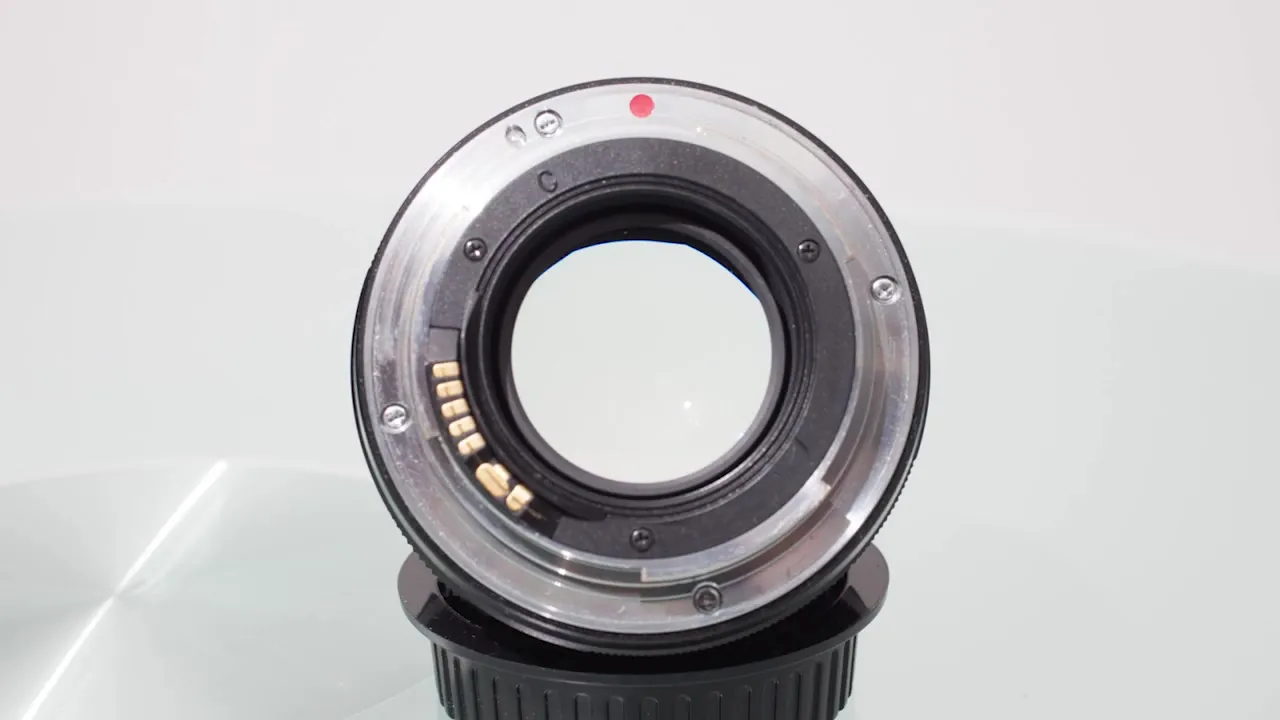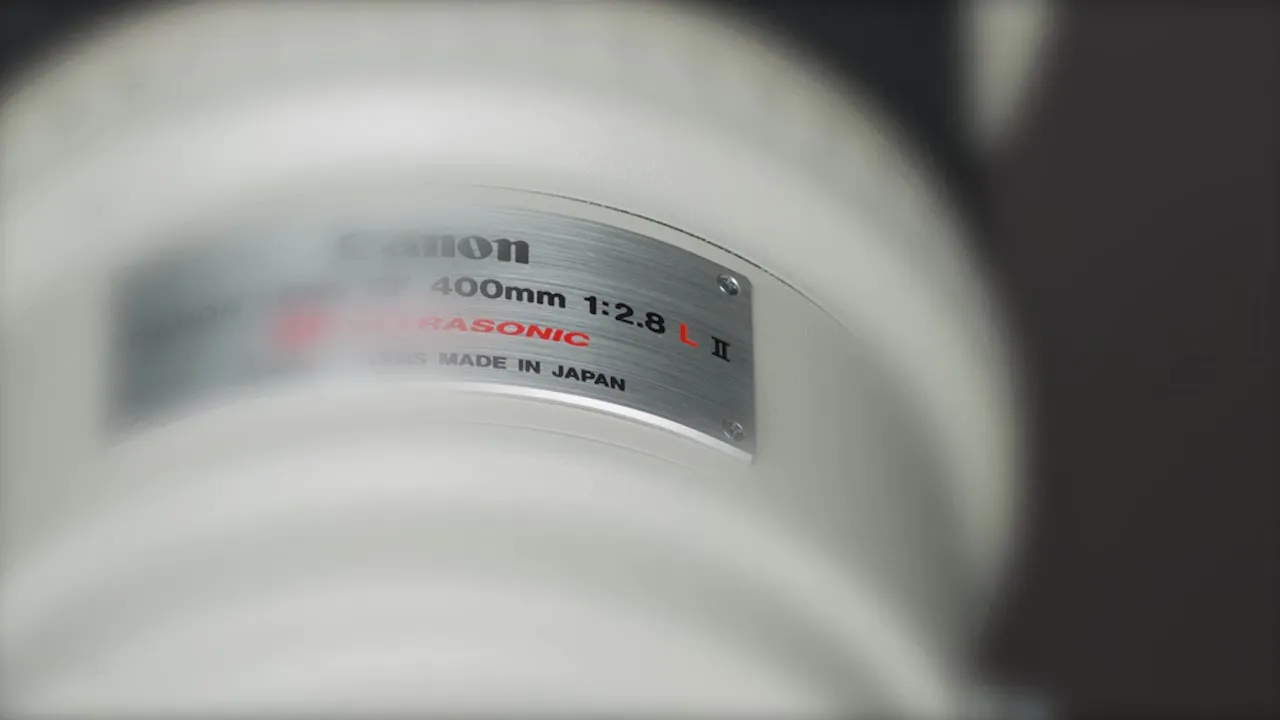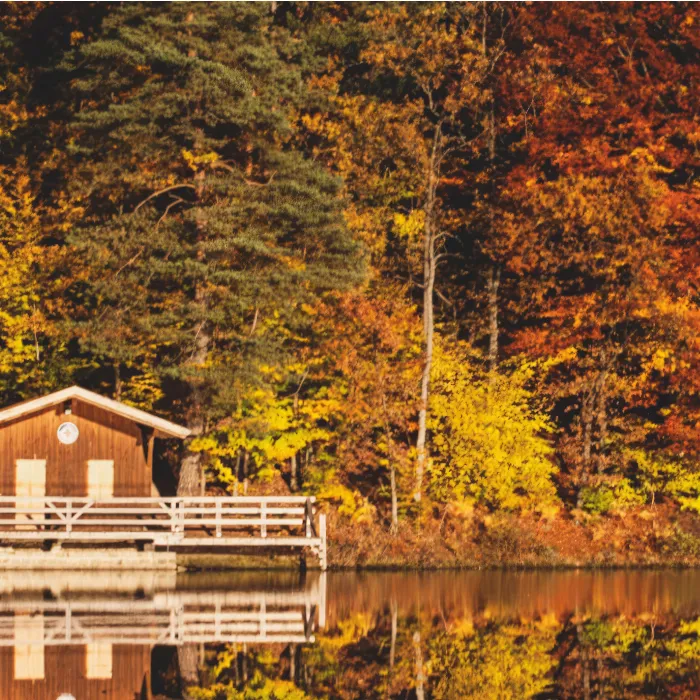The aperture is one of the central components in photography, directly related to exposure and depth of field. By understanding the aperture setting, you can specifically influence the quality of your shots, whether for portraits with a blurred background or landscape shots with consistent focus. In this guide, you will learn not only how the aperture works but also how to use it more effectively to enhance your photography skills.
Key insights
- The aperture regulates the amount of light hitting the sensor, controlling the exposure.
- A larger aperture (smaller f-number) leads to a shallower depth of field, which is useful for portraits.
- A smaller aperture (larger f-number) increases the depth of field, which is necessary for landscape photography.
- The aperture is usually adjusted in thirds, allowing for precise adjustments.
- Brighter lenses allow for shooting in low-light conditions.
Step-by-step guide
Understanding the aperture
At the outset, it’s important to know that the aperture is an adjustable opening in the lens that regulates the passage of light. Depending on the size of the opening, varying amounts of light can reach the camera sensor. A larger aperture allows more light to pass through, which is crucial for exposure. Thus, if you set a larger aperture, more light will hit the sensor, and the shutter speed can be shortened to prevent overexposure.

Impact on depth of field
A lesser-known but extremely important feature of the aperture is its influence on depth of field. The larger the aperture, the shallower the area in focus – this is particularly advantageous for portraits, where the background should be blurred. Conversely, a smaller aperture means that more areas in the image will be sharp, which is often desired in landscape photography. For portraits, a small f-number such as 4 or 5.6 is ideal, while for landscape shots, you should opt for a larger value like 11 or 16.

Aperture values and adjustment options
The aperture is typically adjusted in third stops. This means that when you turn the dial, the aperture value adjusts by one-third stop. For instance, moving from 2.8 to 4 is a whole stop, and between these values are the third stops like 3.2 and 3.5. The aperture range on digital cameras usually spans from 2.8 to 22.
Lenses and light intensity
The available aperture values greatly depend on the lens used. While compact cameras with fixed lenses have a set range of apertures, interchangeable lenses offer a wider range of adjustment options. Generally, a lens with a lower f-number is brighter and allows more light to pass through, enabling you to take photos even in low-light conditions.

Why adjust manually?
There are certain subjects where manually setting the aperture to a specific value is crucial. For instance, if you want to keep the background blurred, you need to consciously choose a small aperture value. For other subjects that require consistent sharpness, like expansive landscapes, a large aperture value is necessary. With your knowledge of the aperture, you can deliberately achieve the desired result.
Summary – Understanding Aperture: Depth of Field and Exposure in Digital Photography
In this guide, you have learned how the aperture influences the exposure and depth of field of your photos. Understanding the aperture setting is essential to achieving the desired photographic effects. Whether you want to capture portraits or landscapes, the right amount of light and sharpness can be effectively controlled using the aperture.
Frequently Asked Questions
How does the aperture regulate exposure?The aperture controls the amount of light hitting the sensor. A larger aperture allows more light through, while a smaller aperture lets in less light.
What is the difference between a small and large aperture regarding depth of field?A smaller aperture (e.g., f/4) results in shallow depth of field, blurring the background, while a larger aperture (e.g., f/16) creates greater depth of field, keeping more areas in the image sharp.
How do you change the aperture on the camera?The aperture is usually adjusted in third stops via the control dial or a dedicated button on the camera.
Why is the light intensity of a lens important?Brighter lenses enable better shots in dark environments since they allow more light in at lower aperture values.
Which aperture should I use for portraits?For portraits, smaller aperture values like f/4 or f/5.6 are ideal for blurring the background.


